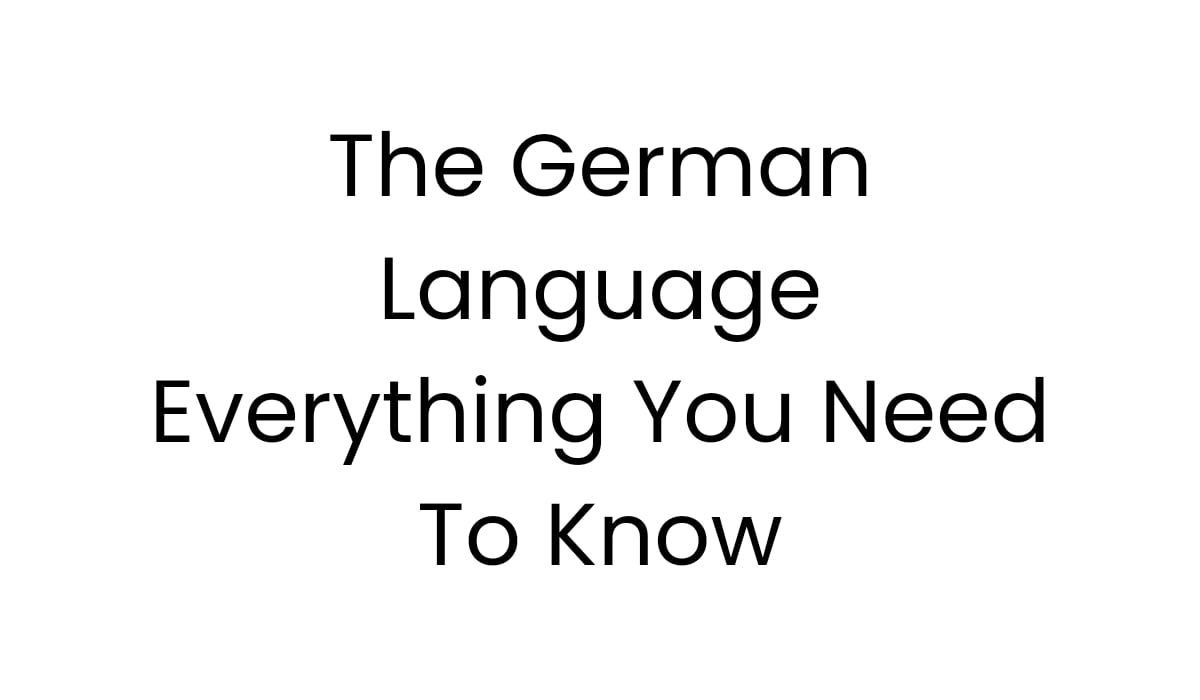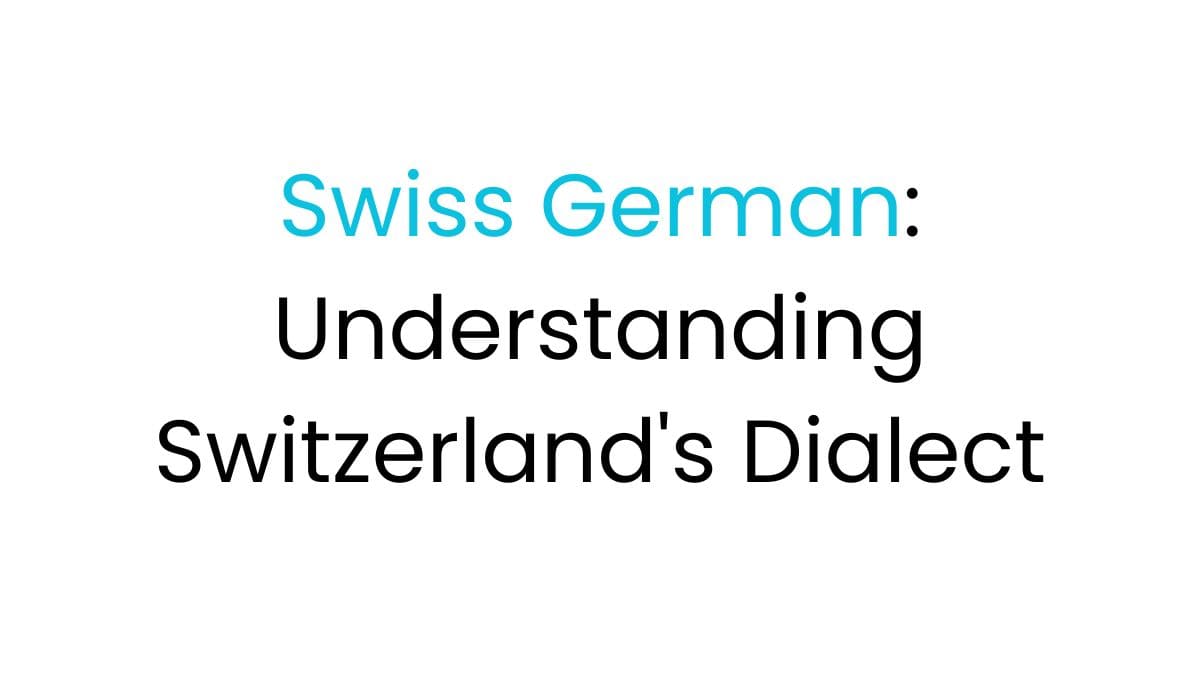Learning colors in German opens up a world of language exploration. It’s not just about learning words. It’s a way to understand cultural nuances and improve your communication skills.
Starting to learn colors in German might seem tough. But with the right approach, you’ll soon feel confident using these words. Whether you love languages or are planning a trip to Germany, knowing colors will make your journey better.
The German language has a wide range of color expressions. These can make your communication more detailed and sophisticated. From basic colors to complex shade descriptions, learning colors in German is an exciting adventure.
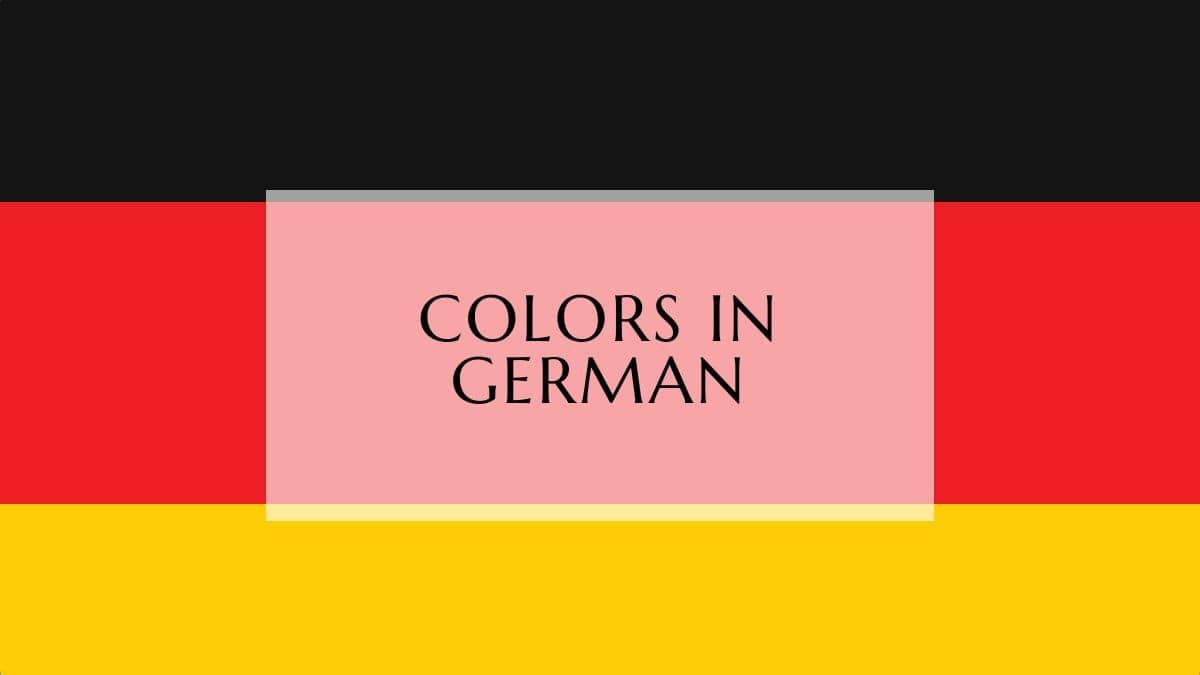
Key Takeaways
- Learn 13 basic colors in German with correct pronunciation
- Understand how color words change based on noun gender
- Discover unique German color idioms and expressions
- Practice color vocabulary through interactive learning methods
- Recognize the grammatical importance of color words in German sentences
- Key Takeaways
- Color as Adjectives
- Singular and Plural Color Terminology
- Basic Grammar Rules
- Basic Color Vocabulary
- Pronunciation Guide
- Gender and Articles
- Compound Color Words
- Descriptive Color Terms
- Nature-Inspired Colors
- Cultural Context of Color Phrases
- Modern Usage in Conversation
- Unique Color Expressions
- Grammar Challenges with Color Descriptions
- Pronunciation Stumbling Blocks
- Contextual Color Misunderstandings
- How do I say "color" in German?
- What are the basic rainbow colors in German?
- Do colors change form in German depending on the noun?
- How do I describe light and dark colors in German?
- Are there any tricky pronunciation rules for German colors?
- How do German color idioms differ from English?
- What's the best way to practice German color vocabulary?
- Do German colors have grammatical gender?
- Are there any compound color words in German?
- How can I avoid common mistakes when using colors in German?
Understanding Basic Color Terms in German
Exploring deutsche farbbezeichnungen means getting into the details of color words in German. It’s not just about translating words. It’s about understanding how colors describe things in the language.
The German word for “color” is Farbe, and its plural is Farben. Colors in German are interesting because they follow different rules than English.
Color as Adjectives
In German, colors act as adjectives. They follow certain rules:
- Colors come before the noun they describe
- Adjective endings change based on gender and case
- Some colors have special rules
Singular and Plural Color Terminology
Knowing the singular and plural forms of colors is key. While most colors follow standard rules, some are exceptions.
| Color | Singular Form | Plural Form |
|---|---|---|
| Red | rot | rote |
| Blue | blau | blaue |
| Green | grün | grüne |
Basic Grammar Rules
German color grammar has a few main points:
- Adjective endings change with gender (der, die, das)
- Colors like rosa and lila don’t change endings
- Prefixes hell- and dunkel- change color intensity
Learning these deutsche farbbezeichnungen will make you speak German better and with more confidence.
Essential Rainbow Colors in German
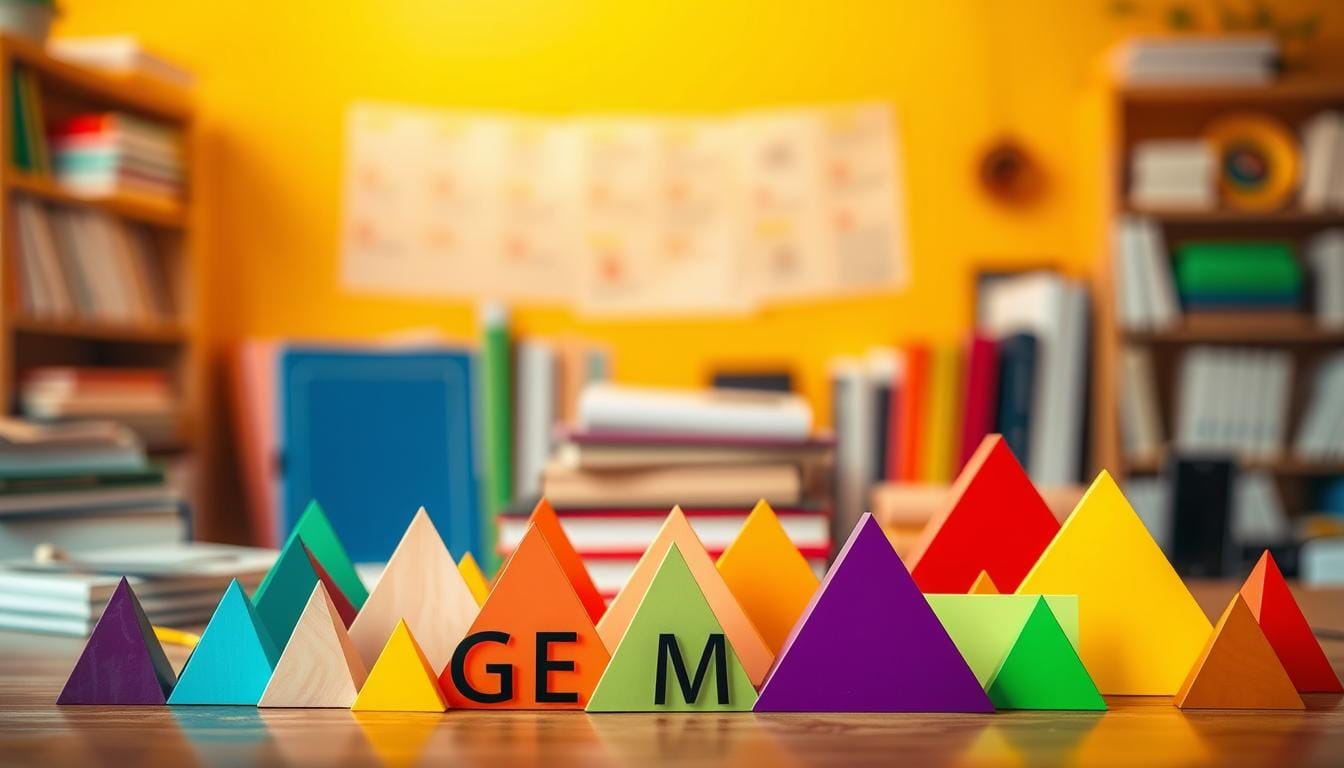
Learning deutsche farbwörter is fun when you explore the vibrant rainbow colors in German! Farben lernen deutsch is a colorful journey. It makes your language skills pop.
The classic rainbow colors in German include:
- Rot (Red) – A bold and passionate color
- Orange (Orange) – Warm and cheerful
- Gelb (Yellow) – Bright like sunshine
- Grün (Green) – Representing nature’s beauty
- Blau (Blue) – Calm and serene
- Indigo (Indigo) – Deep and mysterious
- Violett (Violet) – Regal and sophisticated
Each color has its own special way of being said in German. This makes deutsche farbwörter really interesting. Native German speakers often add words like hell (light) or dunkel (dark) to describe colors better.
When you practice farben lernen deutsch, remember that German color words can change. This depends on the noun’s gender. Practice these rainbow colors often. It will help you build your vocabulary and feel more confident in German!
Common Colors in German and Their Pronunciation
Learning deutsche farbnamen is more than just memorizing words. It’s about diving deep into color vocabulary, how to say it, and how to use it in sentences.
German color names take you on a journey of precise sounds and complex grammar. Getting good at these color terms will boost your language skills and help you understand German culture better.
Basic Color Vocabulary
Here are some key colors every German learner should know:
- Weiß (white)
- Schwarz (black)
- Grau (gray)
- Lila (purple)
- Rosa (pink)
- Braun (brown)
- Silber (silver)
- Türkis (turquoise)
- Beige (beige)
Pronunciation Guide
Getting the pronunciation right is key. Pay close attention to German phonetic rules. Practice each color’s sound, focusing on clear and correct pronunciation.
Gender and Articles
In German, colors have their own gender. Knowing this is vital for making sentences right.
The gender of colors can shift based on the noun they describe. So, it’s important to learn the right article and declension for each color in deutsche farbnamen.
Light and Dark Color Variations
Exploring farben auf deutsch shows how important it is to describe color shades accurately. The German language makes it easy with “hell” (light) and “dunkel” (dark).
Farbvokabeln deutsch grow when you mix these terms with basic colors. Here are some examples of light and dark colors:
- Hellblau (light blue)
- Dunkelblau (dark blue)
- Hellgrün (light green)
- Dunkelgrün (dark green)
These words help German speakers describe colors in detail. Adding “hell” or “dunkel” to a color name tells exactly what shade you mean.
| Color | Light Variation | Dark Variation |
|---|---|---|
| Blue | Hellblau | Dunkelblau |
| Green | Hellgrün | Dunkelgrün |
| Brown | Hellbraun | Dunkelbraun |
Mastering these color variations improves your German vocabulary and communication.
Advanced Color Descriptions and Compounds
Exploring deutsche farbbezeichnungen opens up a world of creativity in language. German learners discover a wide range of color expressions. These go beyond simple color words.
Learning about color in German becomes more fun with compound words. These words create vivid images with language. Germans are great at making color terms that show exact shades.
Compound Color Words
German has special color combinations that spark the imagination. Some amazing examples include:
- Schneeweiß (snow-white)
- Weinrot (wine-red)
- Himmelblau (sky blue)
- Waldgrün (forest green)
Descriptive Color Terms
These compound words help speakers describe colors in detail. German turns color naming into an art.
| Compound Color | English Translation | Emotional Nuance |
|---|---|---|
| Zitronengelb | Lemon Yellow | Bright, Fresh |
| Smaragdgrün | Emerald Green | Rich, Luxurious |
| Blutrot | Blood Red | Intense, Passionate |
Nature-Inspired Colors
Nature is a big source of inspiration for German color words. These words link language to the natural world. This makes color vocabulary more lively and easy to remember.
- Landscape elements inspire rich color descriptions
- Natural phenomena create poetic color expressions
- Each compound word tells a visual story
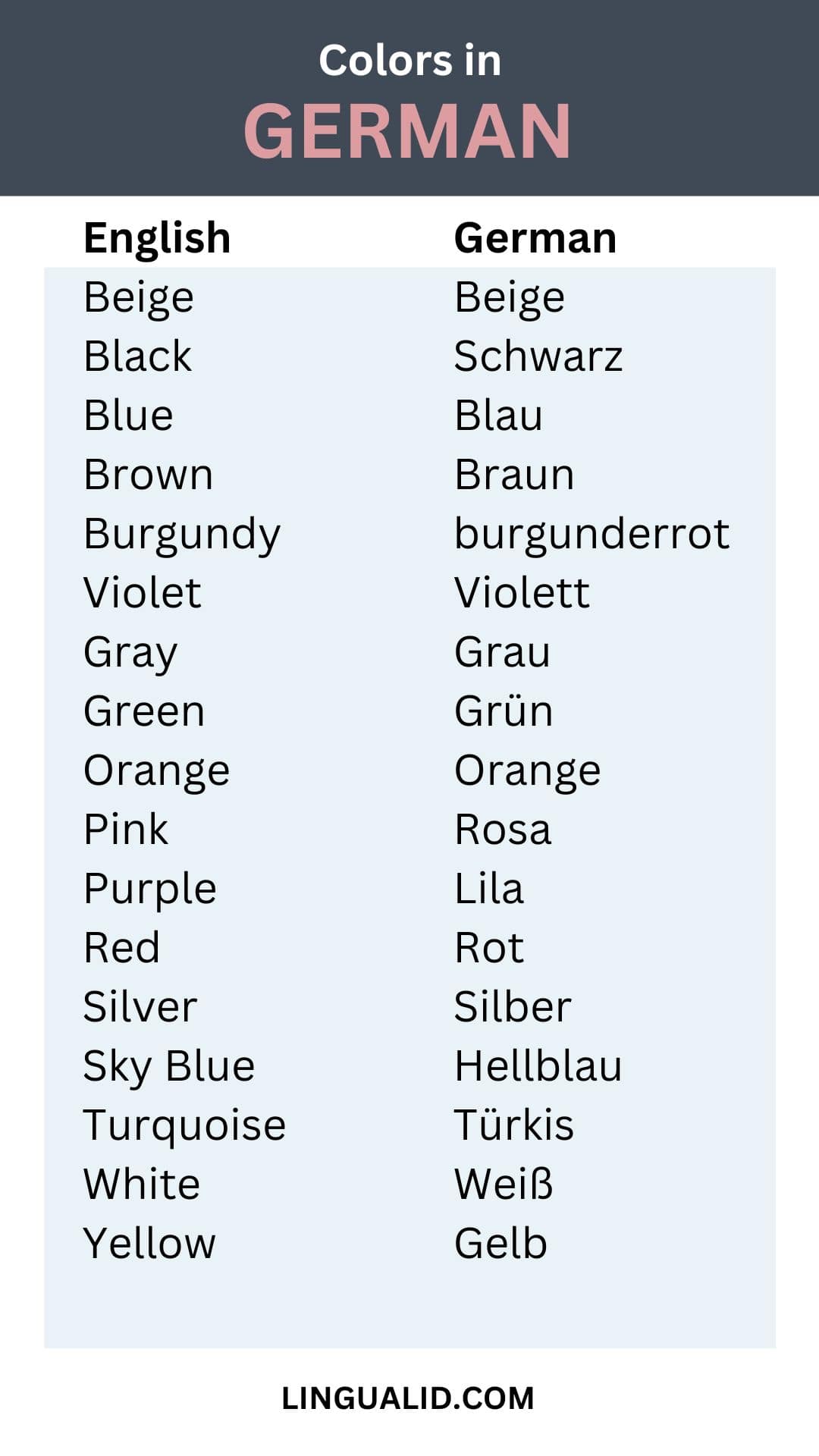
Colors in German Grammar
Learning deutsche farbwörter means understanding the rules for color adjectives in German. The farbenlehre deutsch shows a complex system. It changes based on gender, case, and article usage.
German color adjectives have specific patterns that can be tricky. The ending of the color word changes a lot. This depends on the noun’s gender and the article used.
- Masculine nouns with definite articles use -e or -en endings
- Feminine nouns typically take -e endings
- Neuter nouns follow similar patterns with slight variations
Here are examples of how color endings change:
| Gender | Definite Article | Color Example |
|---|---|---|
| Masculine | der | der rote Wagen (the red car) |
| Feminine | die | die blaue Bluse (the blue blouse) |
| Neuter | das | das weiße Haus (the white house) |
Some colors, like rosa and orange, don’t follow the usual rules. They stay the same, no matter the noun’s gender or case.
For those who know more German, colors can also be nouns. This means they need to be capitalized. For example, “Das Blau gefällt mir” (I like this blue) shows a color acting as a noun in German.
German Color Idioms and Expressions
Exploring farben auf deutsch opens up a world of colorful sayings. These go beyond just color names. They carry deep cultural meanings and emotional depth.
Colors in German sayings paint vivid pictures of life and feelings. Let’s look at some interesting color expressions:
- “Blau sein” (to be blue): Meaning to be drunk, this idiom shows how colors capture complex social situations
- “Alles grau in grau malen”: Literally “to paint everything gray in gray”, showing a very pessimistic view
- “Nicht das Gelbe vom Ei”: Translating to “not the yellow of the egg”, meaning something is not perfect
Cultural Context of Color Phrases
German color idioms offer deep cultural insights. For example, “der rote Faden” (the red thread) talks about a main theme or idea. “grün vor Neid” means being green with envy, a twist from the English phrase.
Modern Usage in Conversation
Today, Germans use these colorful sayings in daily talk. They bring humor, depth, and cultural flair to chats. This makes conversations lively and interesting.
Unique Color Expressions
- “Blau machen”: To skip work or school
- “Schwarzfahren”: Traveling without a valid ticket
- “Sich grün und blau ärgern”: To be extremely annoyed
Creative Ways to Practice Colors in German
Learning German colors can be fun with the right techniques. Students have many ways to make learning colors in German exciting and effective.
Interactive methods can turn learning colors into a fun challenge. Here are some creative ways to practice German colors:
- T-Shirt Color Watching: Walk around and mentally label the colors of people’s clothing in German
- Create multimedia flashcards with color images and German words
- Play the “Ich sehe…” (I see…) game by identifying colored objects around you
- Make color-themed scavenger hunts in your home or neighborhood
- Use language learning apps with color-based mini-games
Digital tools are great for learning colors. Apps like Duolingo and Babbel have fun color exercises. They make learning German colors engaging and enjoyable.
Practicing in real life is key. Try to describe what you see in German, focusing on colors. Aim to use at least five color words every day in conversations or writing.
- Keep a color diary in German
- Watch German children’s shows focusing on colors
- Label household items with their German color names
Regular practice makes learning fun. Try these creative methods to make learning German colors memorable and effective!
Common Mistakes When Using German Colors
Learning German colors can be tough. It’s all about mastering the tricky parts of grammar and context. These are the areas where many students struggle.
There are three main areas where color mistakes happen: grammar, pronunciation, and how to use colors in different situations. Knowing these common errors helps students speak and write better.
Grammar Challenges with Color Descriptions
German color grammar is very specific. Students often make mistakes like:
- Forgetting to change color adjectives based on case and gender
- Getting the article usage wrong
- Using the wrong color adjective endings
Pronunciation Stumbling Blocks
Some German colors sound very similar. This can cause confusion:
| Color | Common Pronunciation Error |
|---|---|
| Blau (Blue) | Confusing with similar-sounding words |
| Gelb (Yellow) | Mispronouncing vowel sounds |
| Grau (Gray) | Incorrect stress placement |
Contextual Color Misunderstandings
German color idioms can be tricky. For example, “blau sein” means “to be drunk.” This might surprise English speakers who think it’s about the color blue.
It’s also important to understand cultural differences in color usage. Knowing these subtleties makes learning colors more than just memorizing words. It becomes a true part of speaking German.
Colors in Everyday German Conversations
Learning deutsche farbwörter can really improve your German. Colors are key in daily talks. They help you describe things, share your likes, and bond with locals.
When you learn farbvokabeln deutsch, think about these real-life talks:
- Shopping: Asking for certain color clothes
- Directions: Describing places or landmarks
- Personal descriptions: Discussing someone’s looks
- Emotional expressions: Using color metaphors
German speakers often use colors to make their words more detailed. For example, instead of just saying “red,” they might say Kirschrot (cherry red) or Blutrot (blood red). This makes their descriptions more vivid.
Try adding color words to simple sentences:
- “Ich mag das blaue Hemd” (I like the blue shirt)
- “Der grüne Pullover ist schön” (The green sweater is nice)
- “Welche Farbe hast du gewählt?” (What color did you choose?)
Knowing the fine details of color descriptions makes you sound more like a native. It boosts your German skills a lot.
Tips for Memorizing German Color Words
Learning German colors can be fun and easy with the right strategies. Try linking German color words to things you know or personal experiences. This helps you remember them better.
Make up mnemonics that connect German colors to English ones. For example, “rot” (red) sounds like “rotate,” making it easier to recall. Experts suggest using spaced repetition to keep learning fresh. Try flashcards, apps, or games that challenge your senses.
Immerse yourself in German by watching movies, labeling things, or playing color games. The goal is to make learning fun and consistent. By linking colors to cultural sayings, like “blau” (blue) for being drunk, you learn more than just words.
Use digital tools and language apps to help you. Practice often, stay curious, and don’t worry about mistakes. With effort, you’ll soon speak German colors like a pro.
FAQ
How do I say “color” in German?
What are the basic rainbow colors in German?
Do colors change form in German depending on the noun?
How do I describe light and dark colors in German?
Are there any tricky pronunciation rules for German colors?
How do German color idioms differ from English?
What’s the best way to practice German color vocabulary?
Do German colors have grammatical gender?
Are there any compound color words in German?
How can I avoid common mistakes when using colors in German?
Oualid Cheddadi is the founder of Lingualid, a platform that inspires independent language learners worldwide, regardless of the language they are learning. The name “Lingualid” is derived from the Portuguese word for “language,” “língua,” and the last three letters of Oualid’s name, “Lid.”


